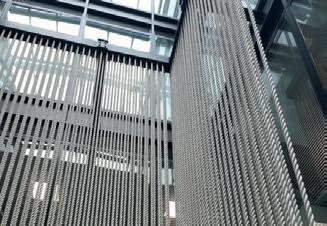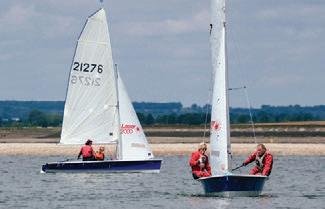
7 minute read
Stone Sailing Club
from Coastal Guide 2020
Stone Sailing Club One of the East Coast’s best-kept secrets
Located on the south bank of the River Blackwater where the river reaches two kilometres wide at high tide and the open sea is just a few miles away, Stone Sailing Club offers great on-thewater action at any state of the tide.
Advertisement
Run by and for its members, the club is in St Lawrence Bay, near Southminster in Essex, and has a long tradition of being family-friendly – it’s said that many of today’s leading members practically grew up here! A busy committee works hard to promote and facilitate amateur yacht and dinghy racing and sailing, rowing and canoeing. Along with top-notch tuition and a busy calendar of social
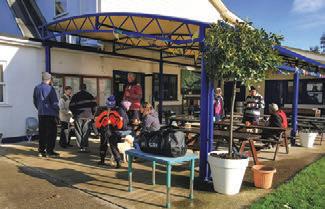
Stone Sailing Club hosts a busy schedule of sailing events in 2020, including: 8-10 May VE Day Trophy Races 23 May RYA Try Sailing Day 26-29 May Cadet Week 5-7 June Blaze Nationals 25 July Old Gaffers Race 3-7 August Stone Week 14-16 August Hurricane Nationals 29-31 August Essex Dinghy Championships 20 September Bart’s Bash
The River Blackwater forms the northern boundary of the Dengie Hundred, a peninsula of ancient farmland designated an Area of Outstanding Natural Beauty made even more remarkable by its salt marshes and milky skies. Not only is the water here great for racing, but the Dengie has its own sub-climate, the prevailing winds from the south-west resulting in more good weather than many other places.
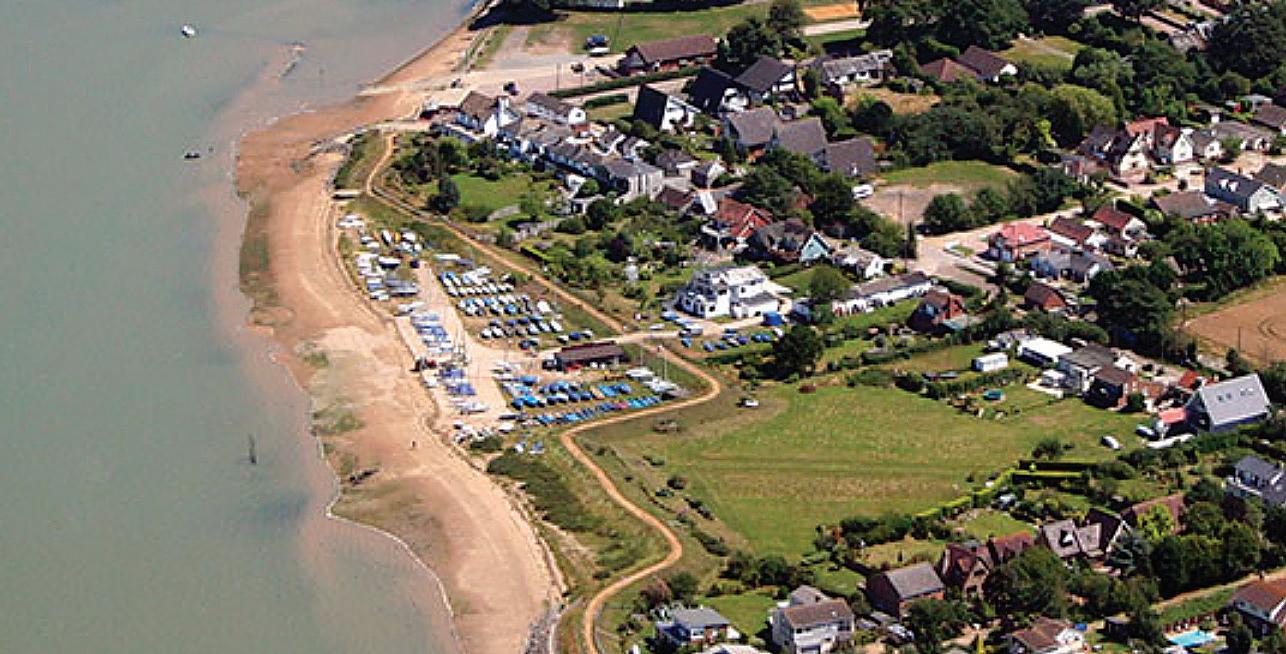
events all year round, Stone Sailing Club offers storage ashore for dinghies, plus a limited number of swinging moorings on the River Blackwater for squibs and cruisers.
The ability to launch from the beach all points of tide makes this club an attractive proposition for the Slow and Fast Dinghy classes – the latter features fleets of K6s, 505s, B14s, ISOs, RSs Musto Skiffs, Laser 4000 and 5000s, 470s, Hornets and 29ers, while the former includes K1s, Snipes, Wayfarers, RS Varios, 420s and Phantoms. Windsurfers, Symmetric Cats, Superfast craft and Squibs are also active here, and Stone Sailing Club has a substantial Cruiser class too.
Off the water, a full galley service is available through all sailing events, and free camping is available within the grounds.
Over... and out One of the East Coast’s most iconic landmarks has fought – and lost – its final battle with the elements
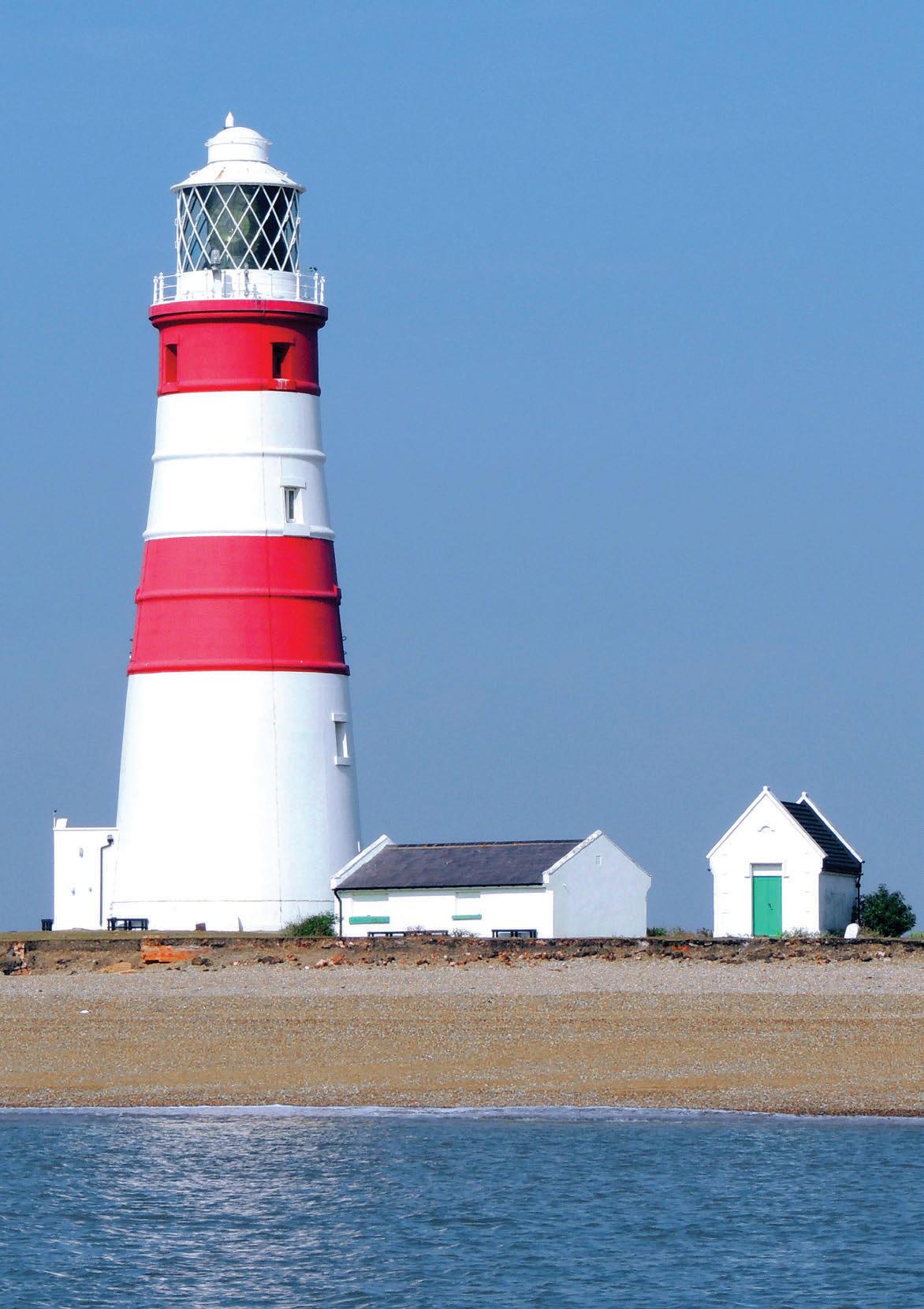
Relentless coastal erosion and catastrophic storms dealt a fatal blow to one of the most familiar sights on the Suffolk shoreline over the winter. After a battering from storms Ciara and Dennis, it was announced in February that the Orfordness Lighthouse could no longer be defended from inevitable demise, and work began shortly afterwards to dismantle the building and preserve its artefacts.
Dating from 1792, the iconic red and white landmark was decommissioned by Trinity House in June 2013 and a few months later was purchased by the Orfordness Lighthouse Company Ltd before subsequently being transferred to the Orfordness Lighthouse Trust.
Previously the National Trust had suggested that the Lighthouse’s final solution should be one of ‘controlled ruination’, with visitors to the Ness limited to seeing the exterior only until the fateful day arrived. However the Trust, a registered charity, vowed to preserve the Lighthouse for as long as possible and aimed to allow visitors greater access while it was still standing.
The Trust spent significant sums trying to defend the Lighthouse from the encroaching sea, but with 10m of beach disappearing over the winter of 2013/14, it was always known that the structure’s days were numbered. Over successive years the Trust created ‘sausages’ of beach shingle encased in a roll of strong geotextile material, which were placed at the top of the beach with the help of a team of local volunteers. As these ‘sausages’ were massaged by successive tides, they sank deeper in the shingle, and new ones were placed on top, forming a soft wall of defence that extended the Lighthouse’s life well beyond the four months envisioned by some in 2013. Unfortunately, almost immediately after volunteers hosted a visit from the children of a nearby school in October 2019, a severe storm hit Orford Ness, taking away the engineers’ bungalow and the sea-side concrete plinth around the base of the lighthouse itself. “Where days before the kids had joined hands and formed a ring around the lighthouse, much of the ground on which they had stood had been stripped away. It was clear to us then that the long-avoided time had come to dismantle the lighthouse if there was to be any hope of preserving any of the artefacts,” said a statement on the OLT’s website.
“We had long known this day would come. In 2009 Trinity House determined (after a number of studies) that, for a raft of technical and regulatory reasons, their much-loved Lighthouse could not be maintained where she was nor could she be moved. They chose to decommission the Lighthouse in June 2013, estimating that the building would survive only a short while before »
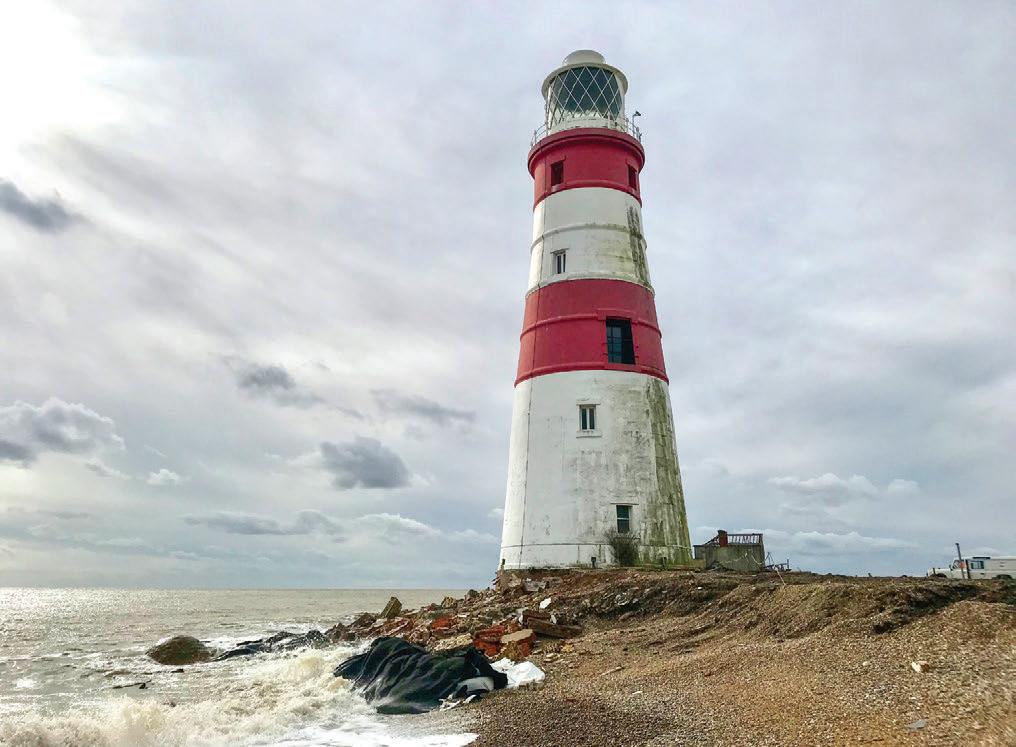
» it succumbed to the sea.
“This was the context in which Orfordness Lighthouse Trust took responsibility for the Lighthouse. As a Trust we committed to defend Orfordness Lighthouse where it stood for as long as possible, and if possible to preserve the artefacts after that. We are proud that we kept the Lighthouse standing for years longer than anyone envisaged.”
In February of this year, Anglian Demolition was commissioned to carry out the demolition work in a way that enabled the Trust to preserve the key artefacts. “In the lull between storms Ciara and Dennis plant was brought to site to make preparations to dismantle the building, demolishing the undermined oil-store and placing the debris temporarily in front of the Lighthouse to protect it from storm Dennis. They also managed a temporary repair of the track down from Aldeburgh and prepared the beach to provide a stable platform for the crane that would take down the Lantern Room from the top of the Lighthouse and then begin to take apart the rest of the building,” explained the Orfordness Lighthouse Trust.

24 Coastal Guide 2020 The timescale for the demolition to begin was said to be weather dependent and the Trust announced there would be no further visitor or media access to the site, but the process would be captured in a time-lapse film by the demolition company.
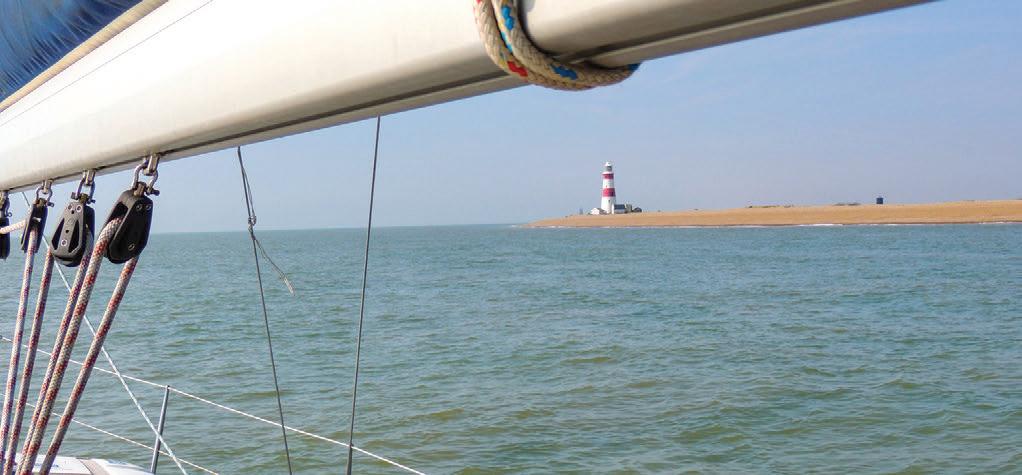
The first lights in this area were a pair of wooden leading lights constructed in 1637. These were replaced in 1780 by a pair of brick towers but scarcely a dozen years later the lower light of the two was precariously close to the sea due to shore erosion, and it collapsed not long afterwards. In 1792, anticipating this inevitability, landowner Lord Braybrooke built a new ‘high light’ in a different position – this was the lighthouse so recently demolished; its 30m tower was designed by architect William Wilkins and it contained a light that at one time had a range of 24 nautical miles.
The former high light functioned as a new ‘low light’ until it, too, was lost to erosion in 1887. The low light was not replaced again; instead, in 1888, red and green sectors were added to the high light.
In 1914 a new revolving optic was installed (which remained in use for 99 years), and a new additional light was installed along with fixed lenses at a level below the lantern, so the sector lights now shone from windows on the tower. The lighthouse was electrified in 1959, and in 1964 it became the first lighthouse to be monitored by telemetry from Harwich, ushering in a process of automation that continued around England over the next 35 years.
Orfordness Lighthouse was decommissioned in June 2013 because of the encroaching sea, its modern electrical equipment and hazardous materials all safely removed, and Trinity House increasing the power of the light at Southwold Lighthouse to compensate for its closure.

Our Famous Oiled Wool Beerenberg
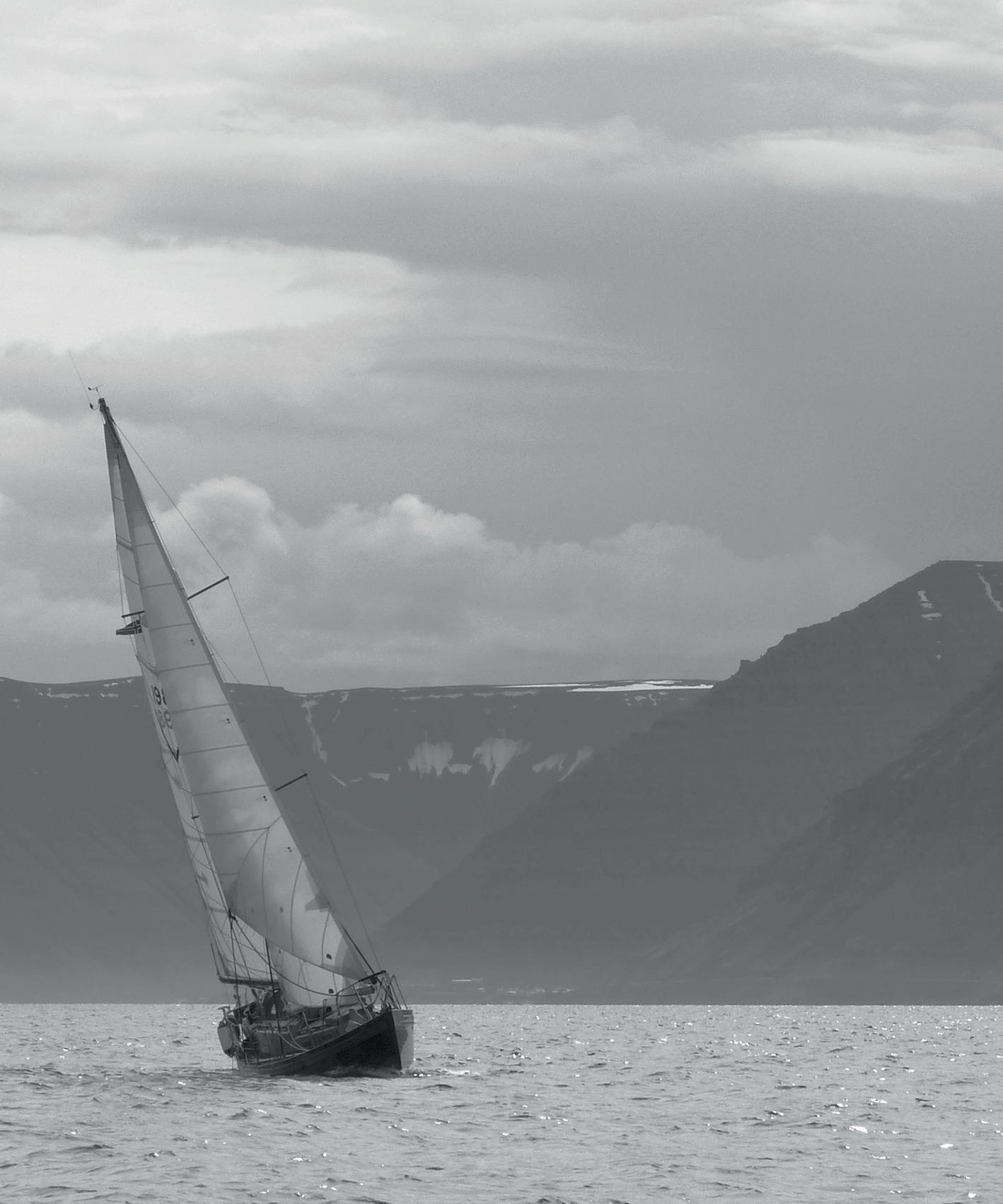


Nautical Instruments
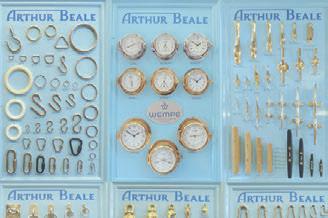
Clothing, Chandlery, Rigging Rigging services and special projects
